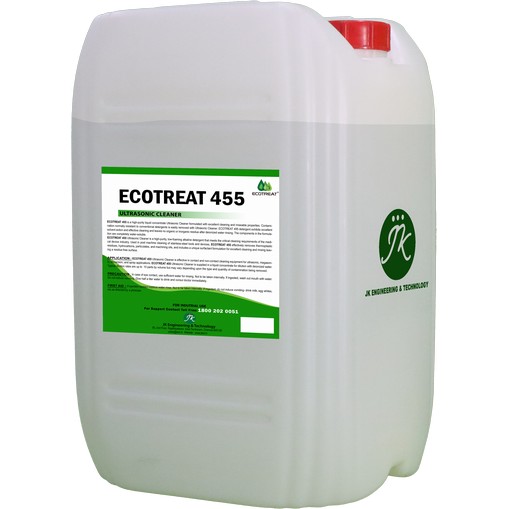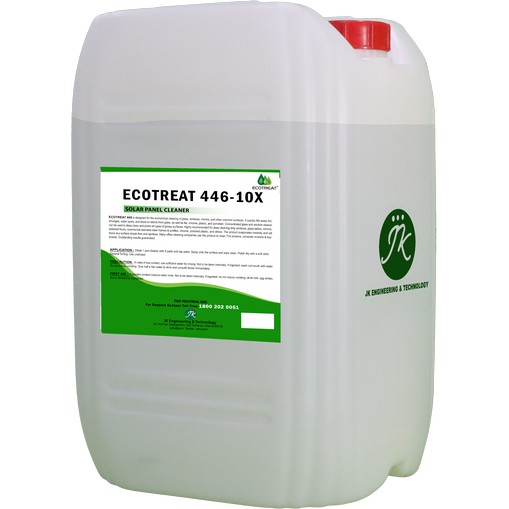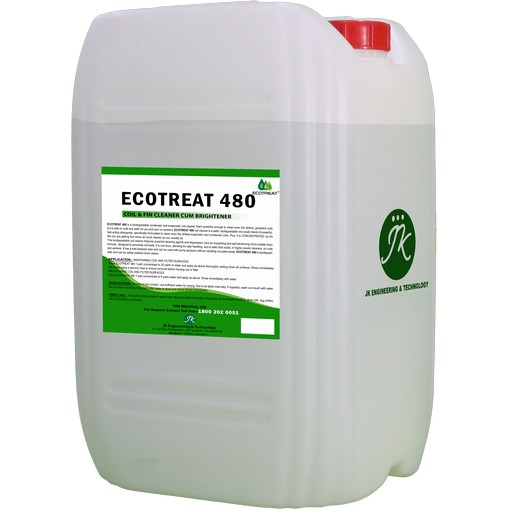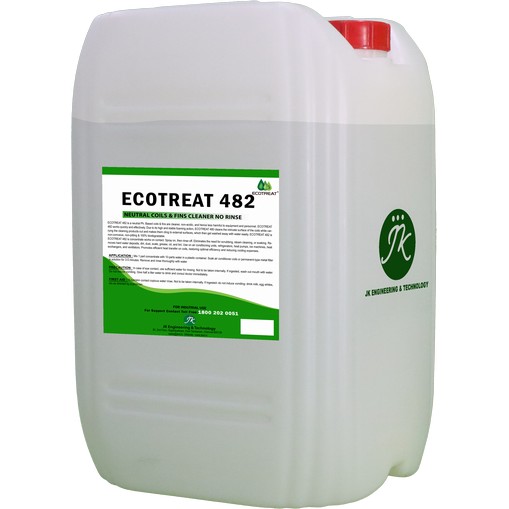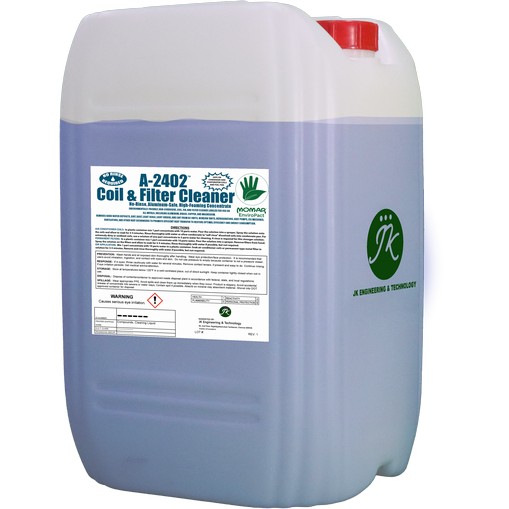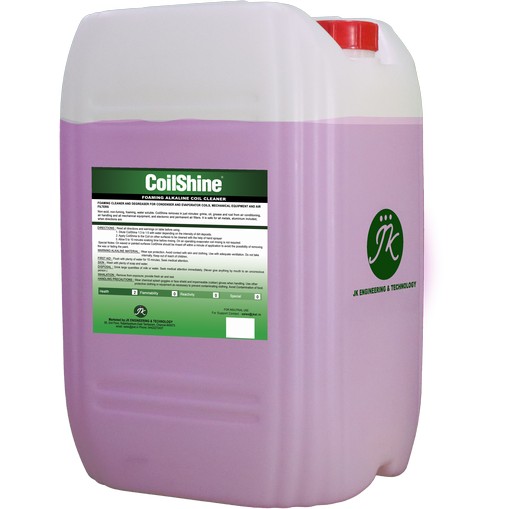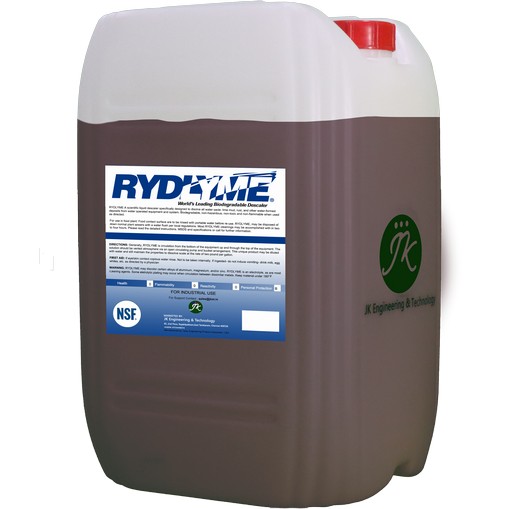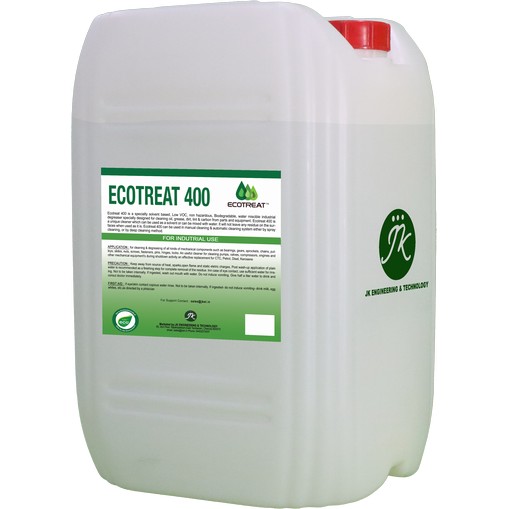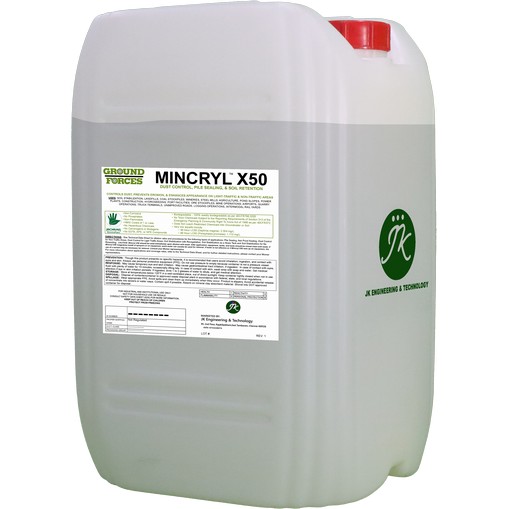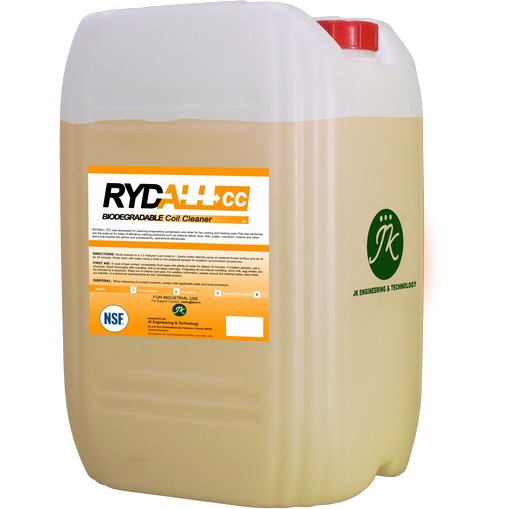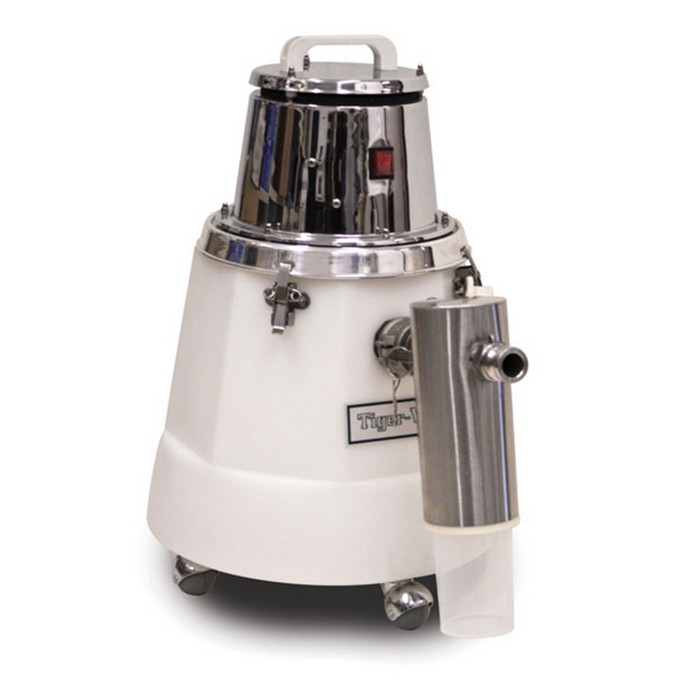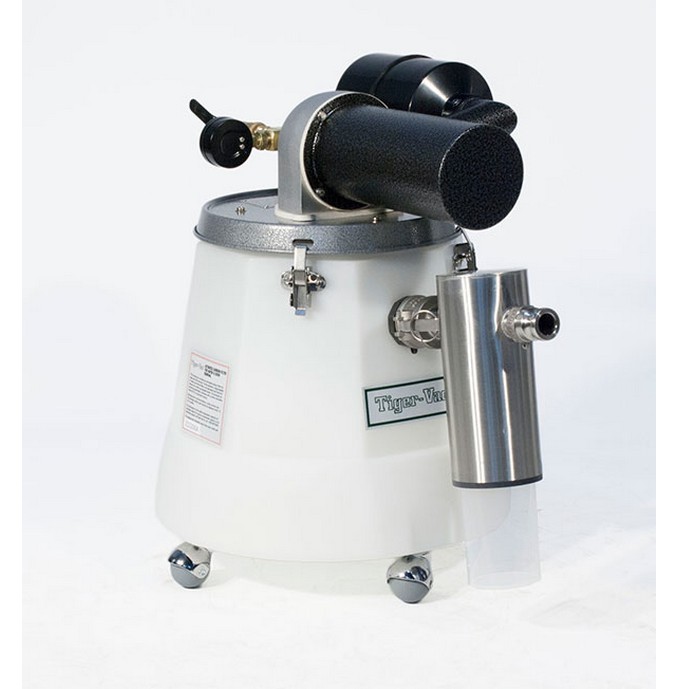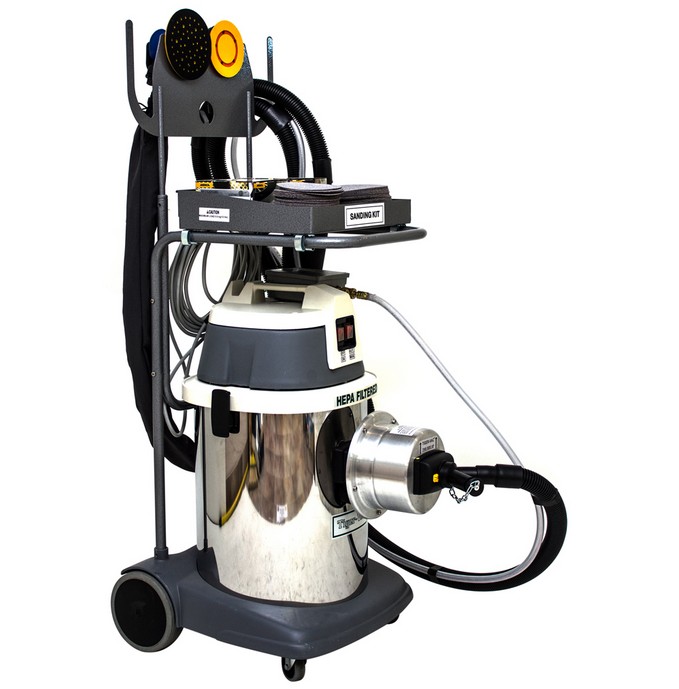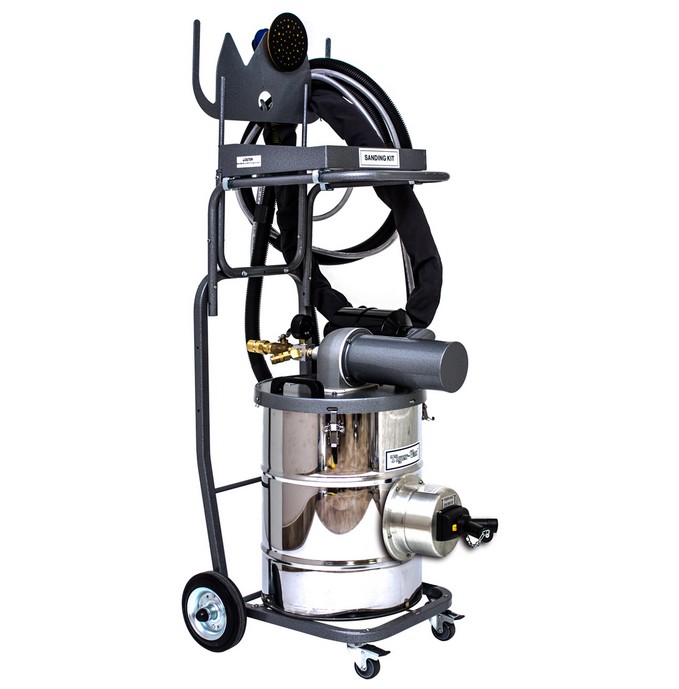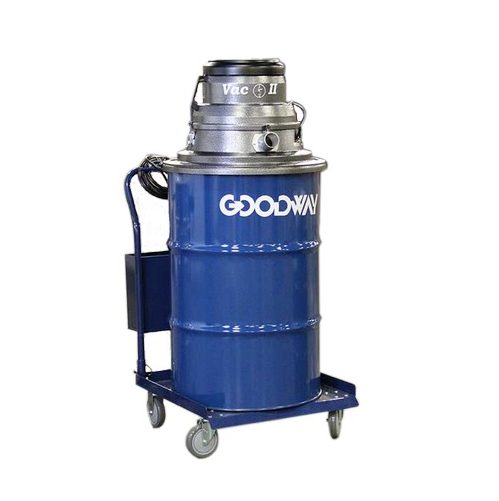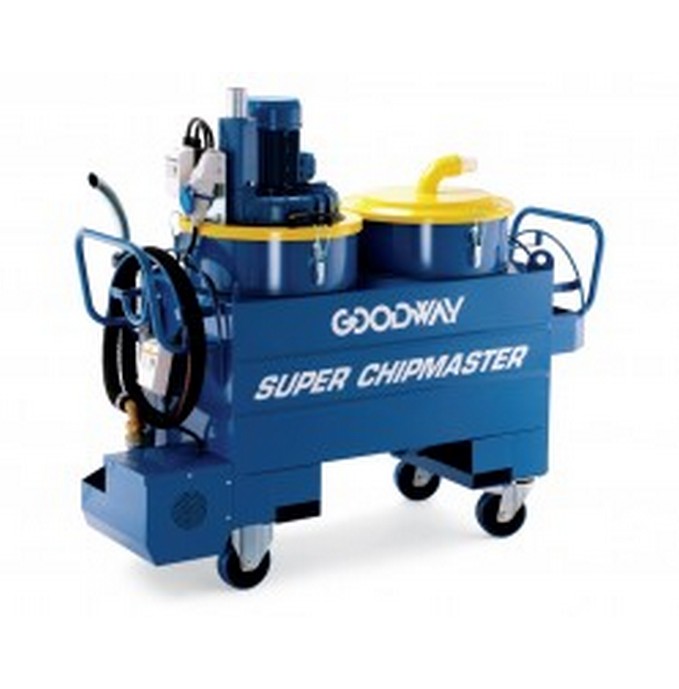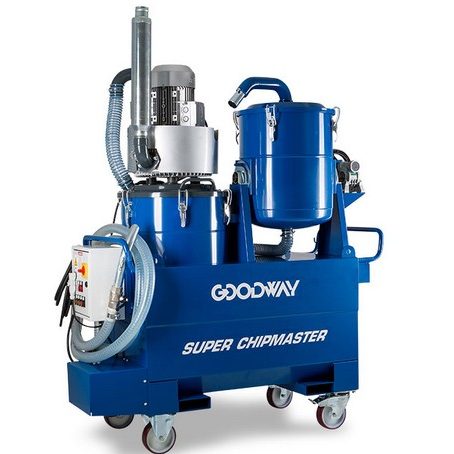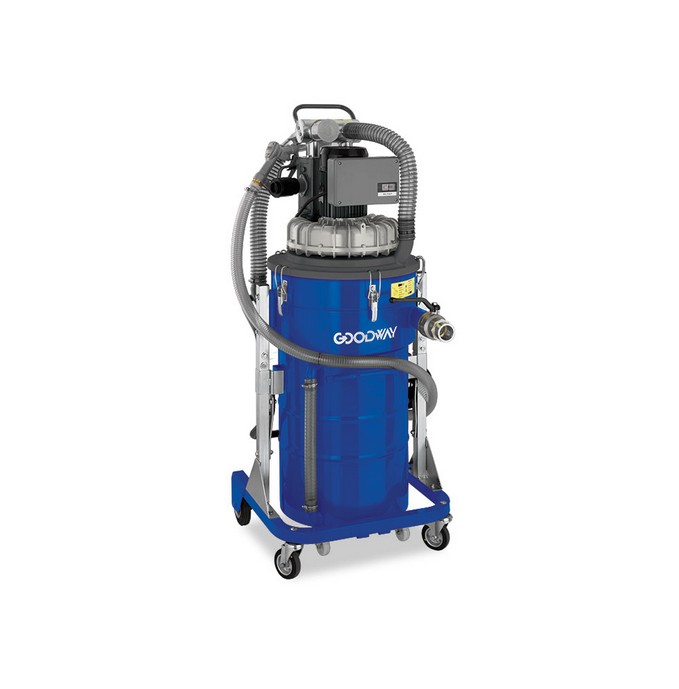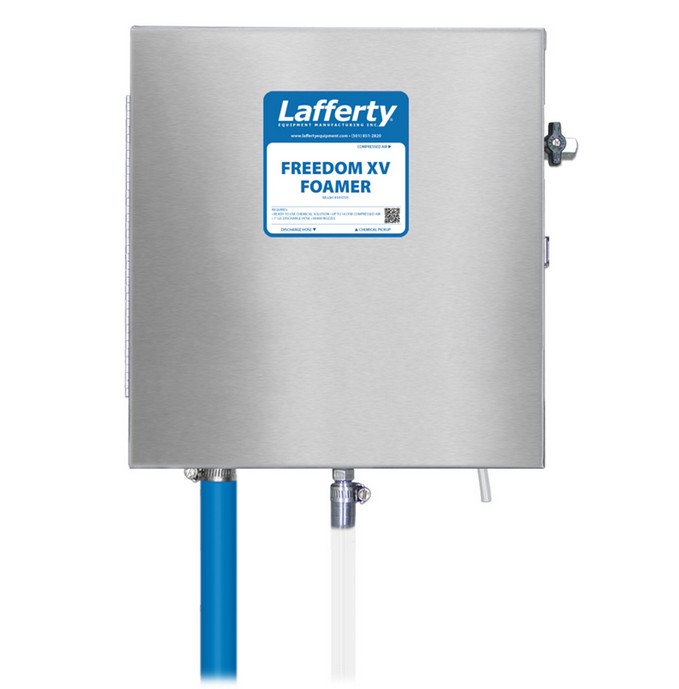Steam Cleaning
STEAM has the ability to penetrate deeply into the microscopic structure of any material through the extremely small size of the droplets. When STEAM exits from a tool, such as for example a lance or a squeegee or an industrial belt cleaner, it's temperature is anywhere between 100°C to 140°C. The STEAM is in a gaseous state as it exists and remains so for a distance of 10mm to 30mm, depending on the specific machine or tool and how it is set up. As this gaseous STEAM hits the surface of any given material, the microscopic droplets enter the porous structure of the material and then cool down, leading to a change in the surface tension and, just as with a detergent, the contaminants will float up because the steam with its heat acts as a surfactant with the ability to emulsify grease, fat, oil etc... The difference to a detergent is that a detergent cannot penetrate deeply into the surface structure, so that superficial dirt is removed, but not what's deep down inside. Most of the STEAM will evaporate, leaving a minimal amount of moister that needs to be removed with a microfiber cloth or vacuumed up. At that point, the surface will be completely dry and without any residue and perfectly sanitized. Just as a detergent works better in hot water than cold water, steam works far better than a detergent and hot water. Another interesting point is to look at how STEAM interacts with microorganisms. Many microorganisms protect themselves from external chemical agents through what is called biofilm. The organism encapsulates itself in this biofilm and firmly adheres to almost any surface. To break down the biofilm with conventional methods is very difficult, time-consuming, potentially harmful to the operator's health, expensive and or destructive to materials. Also, different biocides are required for specific microorganisms/pathogens. STEAM, in turn, readily breaks down the biofilm for easy removal and the heat causes the cell core of the microorganism to be destroyed. No other technology can offer such an excellent result in sanitation with such extreme simplicity and efficacy! The use of a vacuum or degreaser and a tool, such as a brush, that adds mechanical action to the STEAM. Or just a sufficiently strong jet of steam that can blast/rinse a contaminant away is also a very viable solution in some applications. Last but not least, STEAM neutralizes odours as a side effect without any need to use perfuming chemicals/substances to cover up unpleasant odours.

